Among the myriad epochs that have graced the canvas of art history, Post-Impressionism shines as a beacon of innovation and creative exploration. This movement boasts luminaries like Paul Cézanne and Vincent van Gogh and has a magnetic appeal that captivates art enthusiasts worldwide.
What adds a layer of fascination is that these artists, revered as icons of Post-Impressionism today, would have been bewildered by the term during their lifetimes. The birth of “Post-Impressionism” as a recognized art movement wasn’t until the early 20th century. Yet, despite this temporal incongruence, the impact of Post-Impressionism on the artistic landscape is undeniable.
Table of Contents
- Exploring Post-Impressionism: Colors, Forms, And Artistic Evolution
- The Evolution Of Post-Impressionism
- The Coined Term: Post-Impressionism
- The Transition Beyond Impressionism: Artists Who Redefined Post-Impressionism
- Frequently Asked Questions
- Related Questions
Exploring Post-Impressionism: Colors, Forms, And Artistic Evolution
In the vast tapestry of art history, few movements have left as profound an impact as Post-Impressionism. Emerging in the late 19th century as a response to the Impressionist movement, Post-Impressionism brought forth a fresh wave of innovation and artistic exploration.
We seek to unravel the essence of Post-Impressionism by delving into its distinctive characteristics, the artists who championed it, and its lasting influence on the trajectory of modern art.
The Evolution Of Post-Impressionism
As a direct evolution from Impressionism, Post-Impressionism retained some key characteristics that defined its predecessor while pushing artistic boundaries in new directions.
Post-Impressionist artists shared an affinity for vivid colors, thickly applied paint, and an emphasis on real-life subject matter. However, they also took these elements a step further, introducing various innovative techniques and approaches that set them apart.
Distinctive Brush Strokes And Expressive Forms
Post-Impressionist artists were known for their distinctive brush strokes, which became a hallmark of the movement. These brush strokes weren’t just a means of rendering objects but a vehicle for expressing emotion and conveying the artist’s perspective.
The deliberate and often bold application of paint allowed artists to imbue their works with energy and immediacy.
In addition to brush strokes, Post-Impressionists were unafraid to distort forms for expressive effect. This departure from strict realism allowed them to communicate more profound emotional resonance through their art.
Geometric forms played a pivotal role, with artists like Paul Cézanne exploring the interplay between shapes and their surroundings. This emphasis on form and geometry laid the foundation for future movements like Cubism.
Unconventional Use Of Color
One of the most striking aspects of Post-Impressionism was the artists’ willingness to experiment with color. While Impressionists had introduced a more naturalistic approach to color, Post-Impressionists took it further.
They employed unnatural and arbitrary colors in their compositions, pushing the boundaries of color theory and perception. This bold use of color allowed them unprecedentedly to convey mood, atmosphere, and meaning.
Diverse Styles And Disparate Regions
Unlike some other art movements, Post-Impressionism wasn’t characterized by a single, unified style. Instead, it encompassed a diverse range of artistic approaches and techniques. This diversity was partly a result of the artists’ visions and the unique challenges they aimed to address.
As the movement progressed, younger artists in the early 20th century began exploring geographically disparate regions and stylistic categories such as Fauvism and Cubism, branching out from the foundation laid by Post-Impressionism.
The Coined Term: Post-Impressionism
The term “Post-Impressionism” was first introduced by British artist and art critic Roger Fry in 1910. Fry used the word to describe the evolution of French art since the time of Édouard Manet and the Impressionists.
The use of “post” in the term emphasized the movement’s departure from Impressionism while acknowledging its lineage. Despite lacking a cohesive manifesto or single stylistic approach, Post-Impressionism remains a significant umbrella term that encapsulates a transformative era in art.
Post-Impressionism stands as a testament to the ever-evolving nature of art and the creative spirit of artists. Post-Impressionism ushered in a new era of artistic exploration by embracing vivid colors, expressive brushwork, geometric forms, and unconventional use of the colon.
While its artists may not have always aligned in their methods or goals, their collective impact laid the groundwork for future artistic movements and shaped the trajectory of modern art. As we reflect on the legacy of Post-Impressionism, we are reminded of the power of creative experimentation and the enduring quest to communicate meaning through color, form, and emotion.
The Transition Beyond Impressionism: Artists Who Redefined Post-Impressionism
The evolution of art is often a complex and fluid journey, defying easy categorization and labeling. The Post-Impressionist movement emerged from the roots of Impressionism, with several visionary artists contributing to its development. While some of these artists did not consider themselves strictly Post-Impressionists, their profound impact on the movement is undeniable.
Read on as we explore the contributions of Vincent Van Gogh, Paul Gauguin, Georges Seurat, Henri de Toulouse-Lautrec, Camille Pissarro, Claude Monet, and Paul Cézanne, shedding light on their distinct influence and the fluidity of artistic labels.
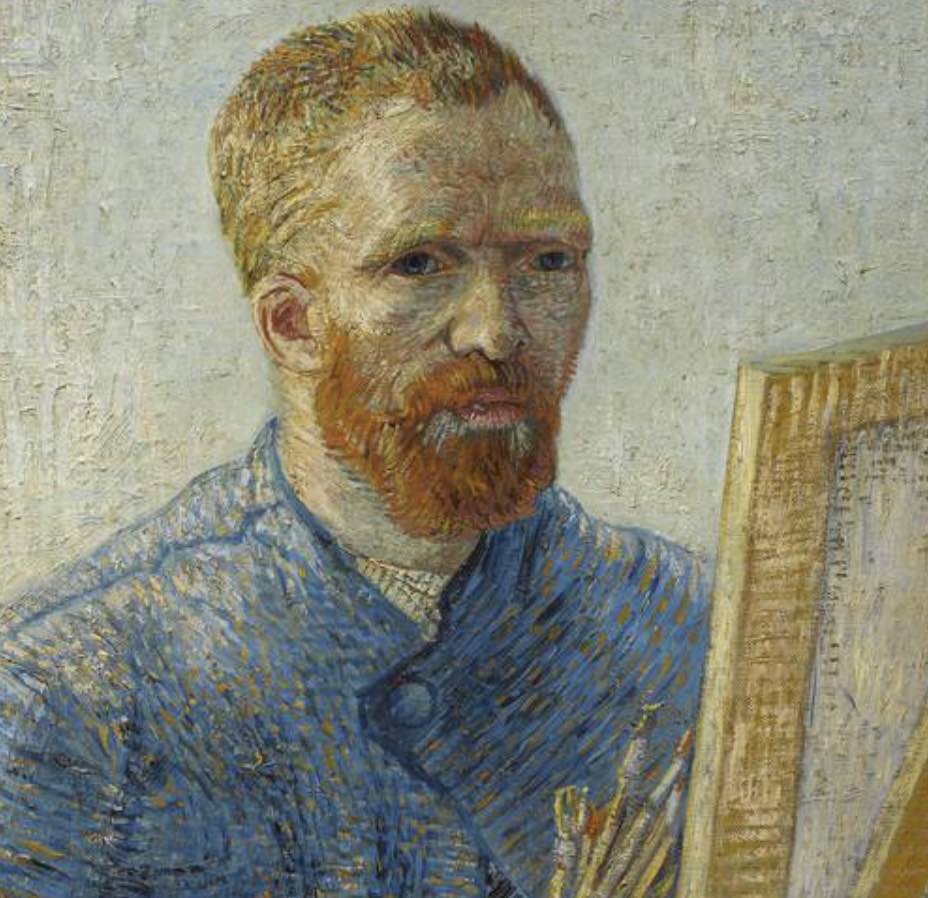
Vincent Van Gogh: Pioneering Emotional Expression
Vincent Van Gogh’s intense emotional connection to his work set him apart. While he did not categorize himself as a Post-Impressionist, his distinct style catalyzed the movement’s development. Van Gogh’s vivid colors, bold brushwork, and emotionally charged depictions pushed the boundaries of Impressionism.
His use of color to convey mood and inner turmoil left an indelible mark on Post-Impressionism. His influence was profound, as he paved the way for artists to explore the emotional dimensions of art.

Paul Gauguin: Exploring Symbolism And Exoticism
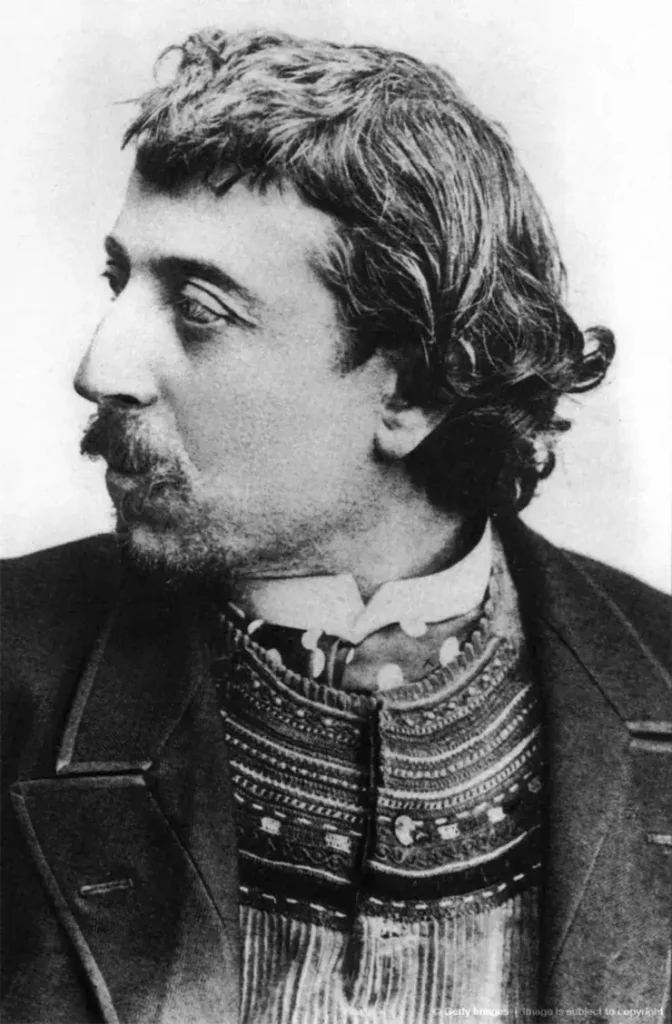
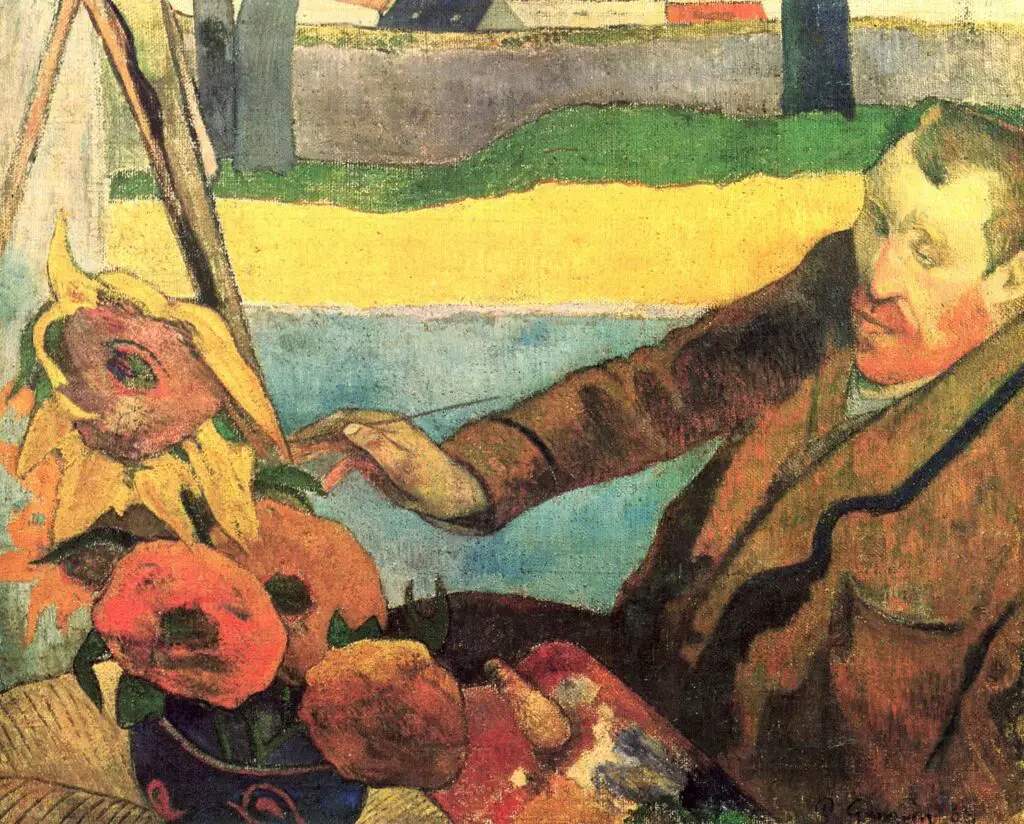
Paul Gauguin, a contemporary of the Impressionists, sought to break free from the constraints of European artistic traditions. He ventured to Tahitiforf with new inspirations and a departure from conventional Western art.
Gauguin’s exploration of symbolism, vivid color, and simplified forms contributed significantly to Post-Impressionism. His emphasis on subject matter and his desire to evoke emotions through color and pattern helped shape the movement’s trajectory.
Georges Seurat: The Pointillist Innovator
Georges Seurat’s experimentation with pointillism—an approach using tiny dots of color to create a harmonized image differed from Impressionism’s traditional brushwork.

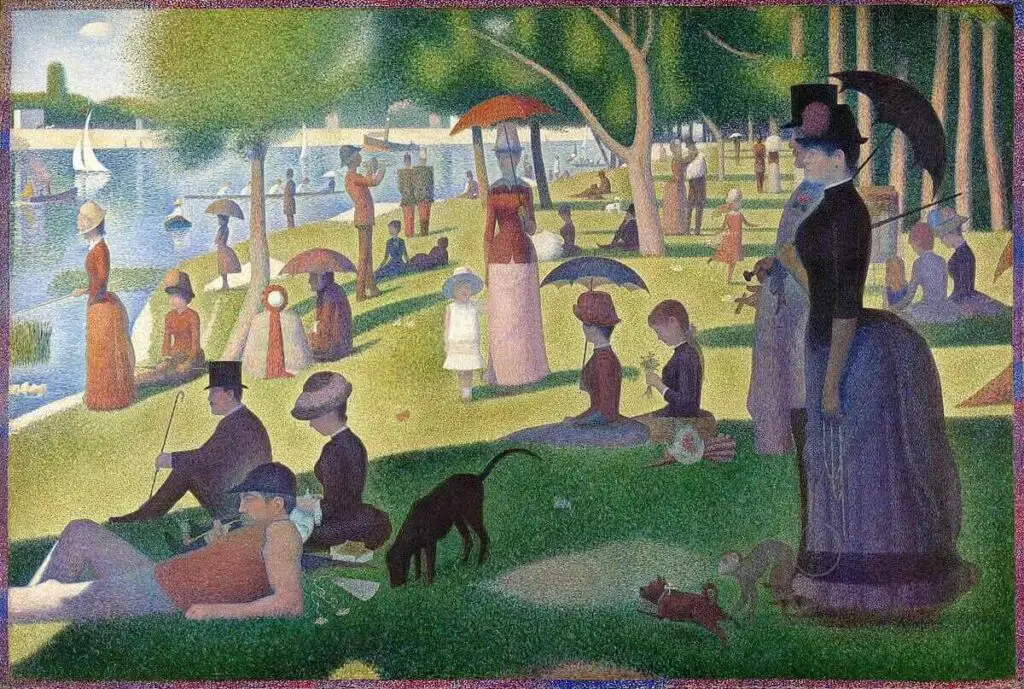
While Seurat’s work straddled the line between Impressionism and Post-Impressionism, his emphasis on meticulous technique and scientific color theory profoundly impacted the latter movement. His innovative approach set the stage for exploring color relationships and optical effects.
Henri de Toulouse-Lautrec: Urban Realism And Avant-
Henri de Toulouse-Lautrec’s work often focused on the vibrant and sometimes gritty scenes of urban life, reflecting a departure from the Impressionist penchant for landscapes.
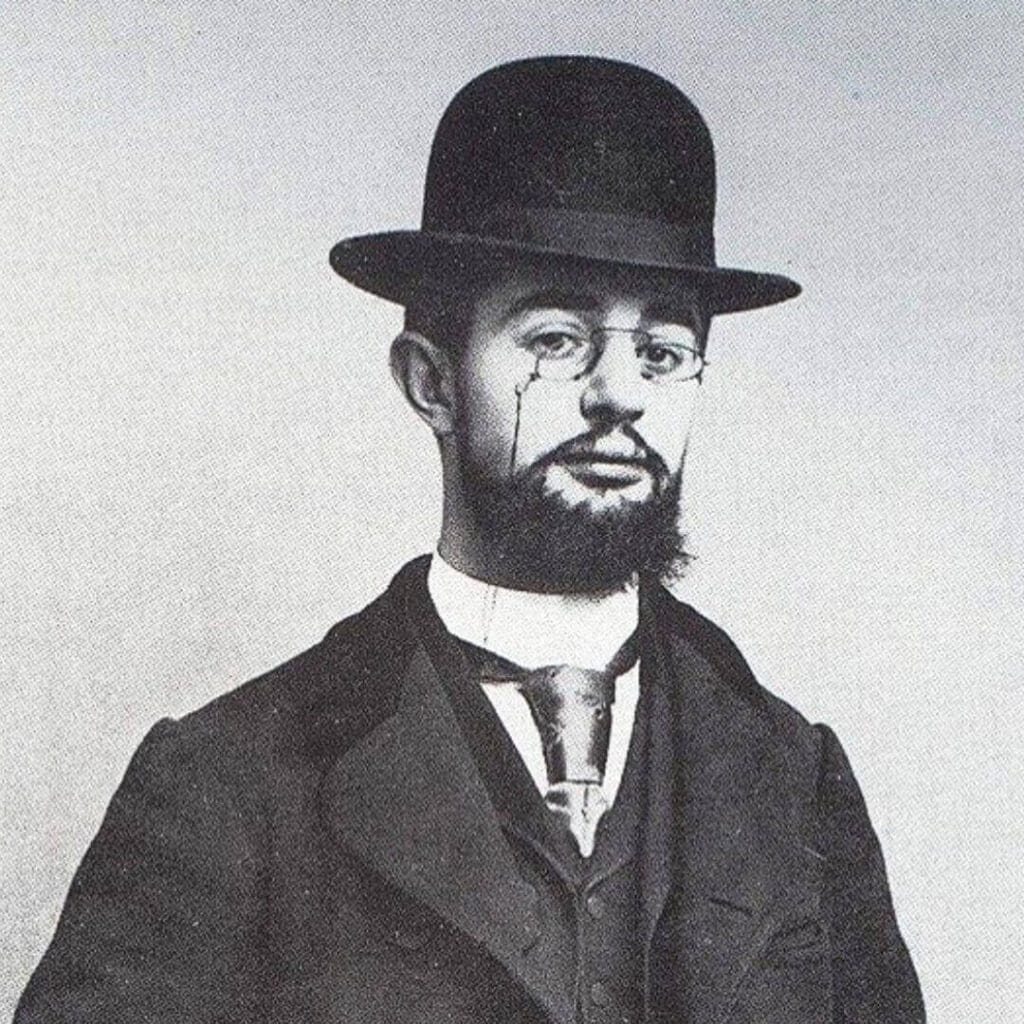
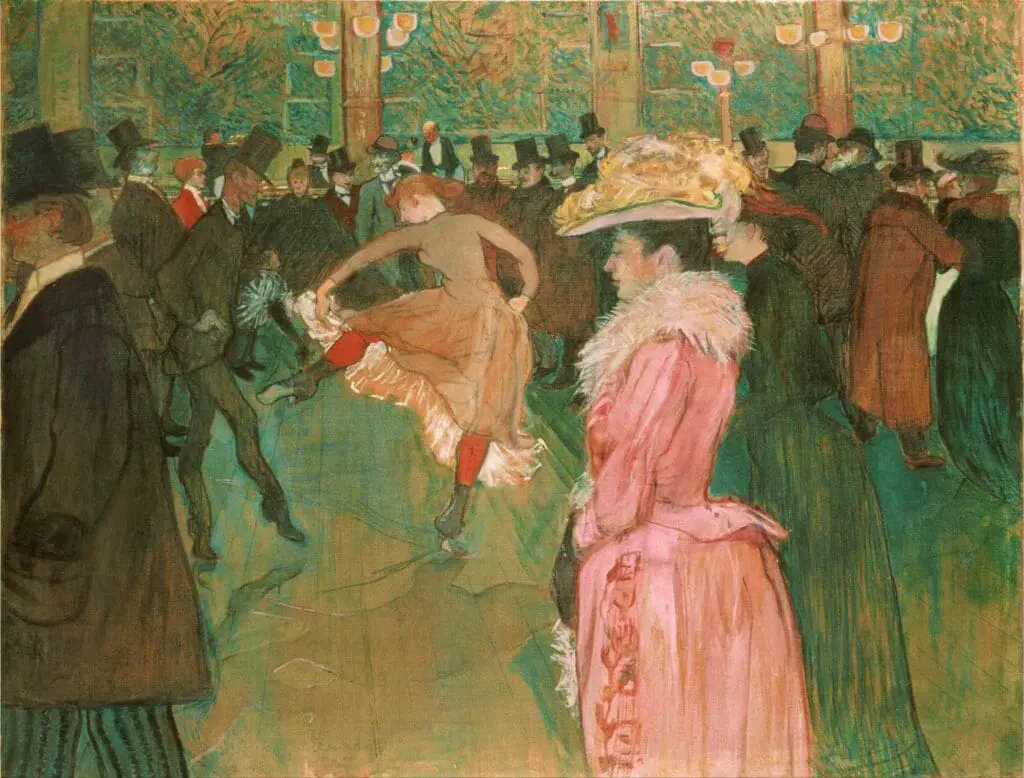
While not a traditional Post-Impressionist, his focus on social themes and his avant-garde approach to composition had a ripple effect on the movement. His exploration of color, form, and subject matter inspired artists to delve into unconventional themes.
Camille Pissarro And Claude Monet: Navigating New Directions
Camille Pissarro and Claude Monet, prominent Impressionists, briefly ventured into Post-Impressionism. Pissarro experimented with pointillism, showcasing the fluidity between movements.

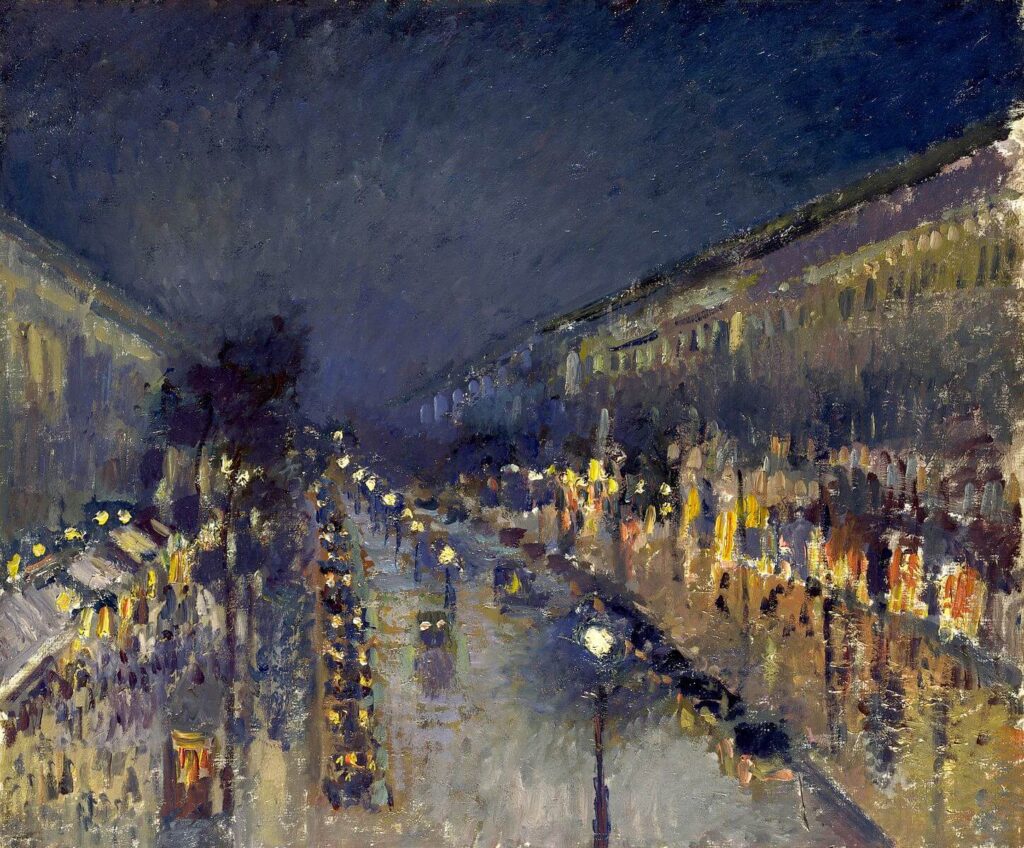
Monet, known for his en plein air painting, eventually shifted towards different artistic explorations, demonstrating that artists were not confined to a single label. Their willingness to explore new techniques challenged the boundaries of artistic categorization.

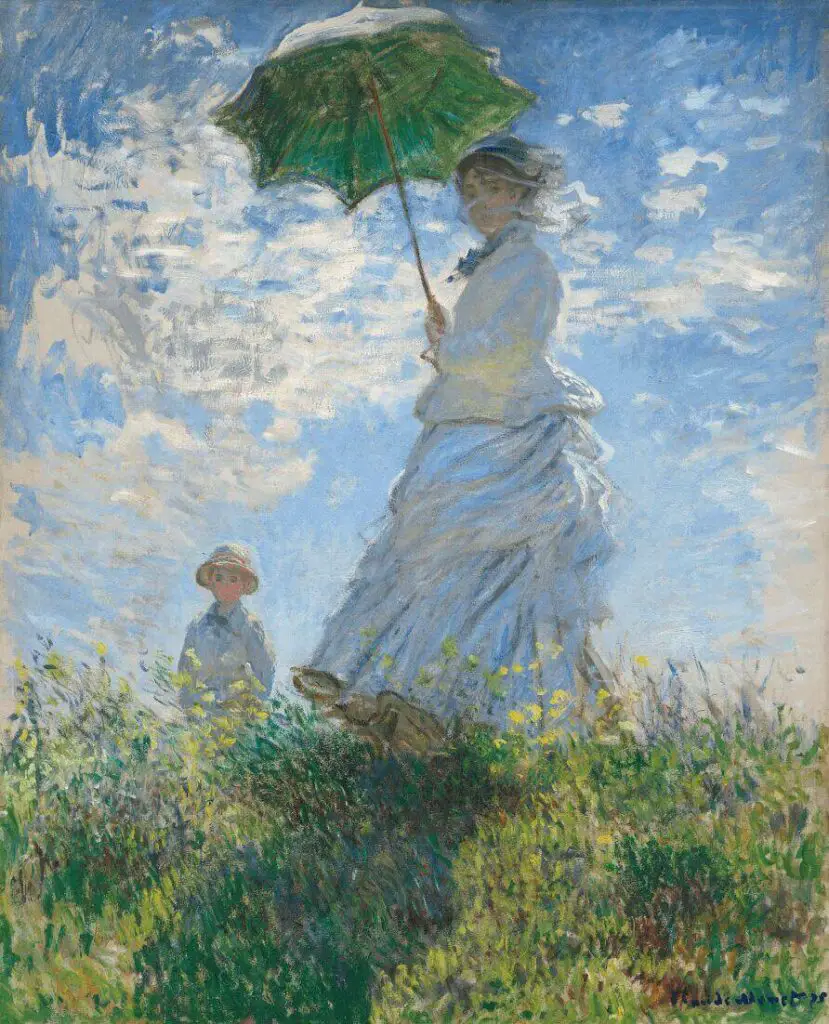
Paul Cézanne: Bridging The Gap
Paul Cézanne’s work often straddled Impressionism and Post-Impressionism. His departure from strict en plein air painting marked a transition, and his emphasis on pictorial structure and form profoundly influenced the development of Post-Impressionism.
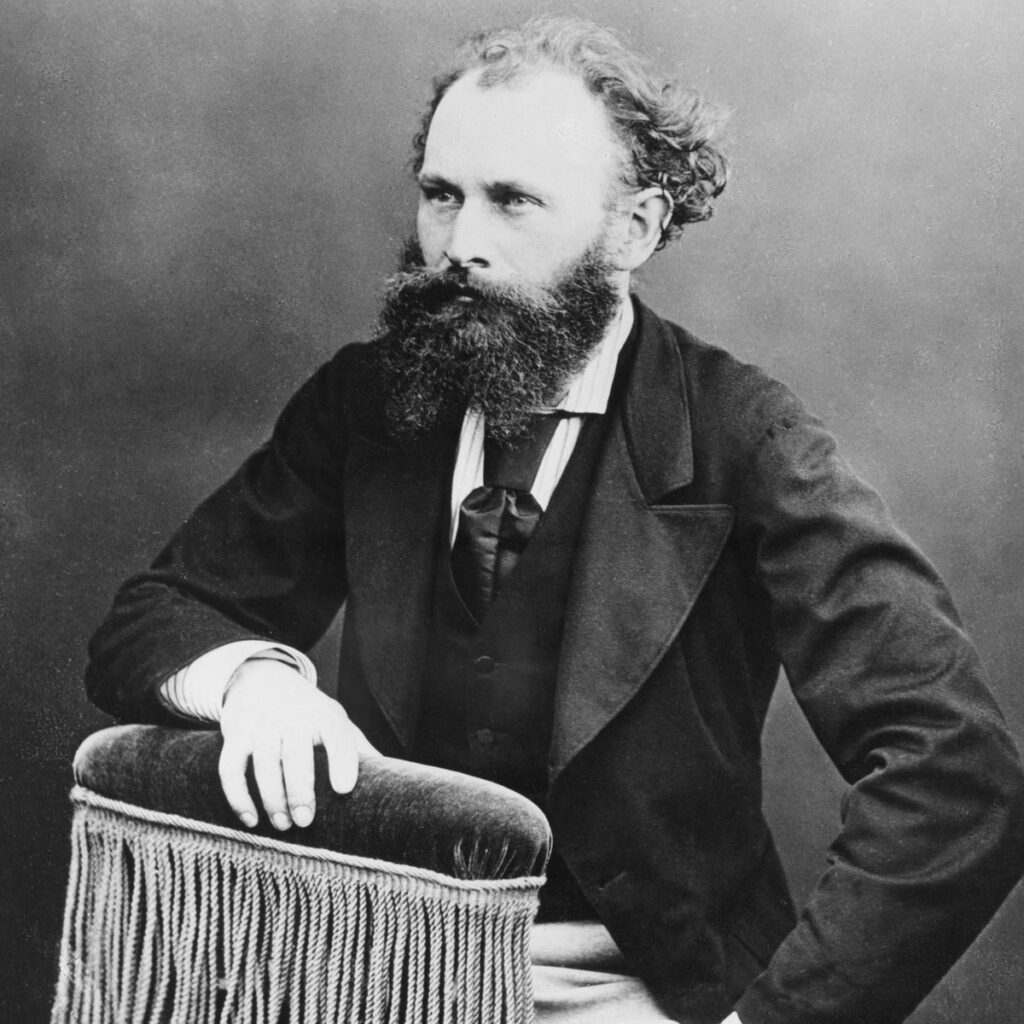
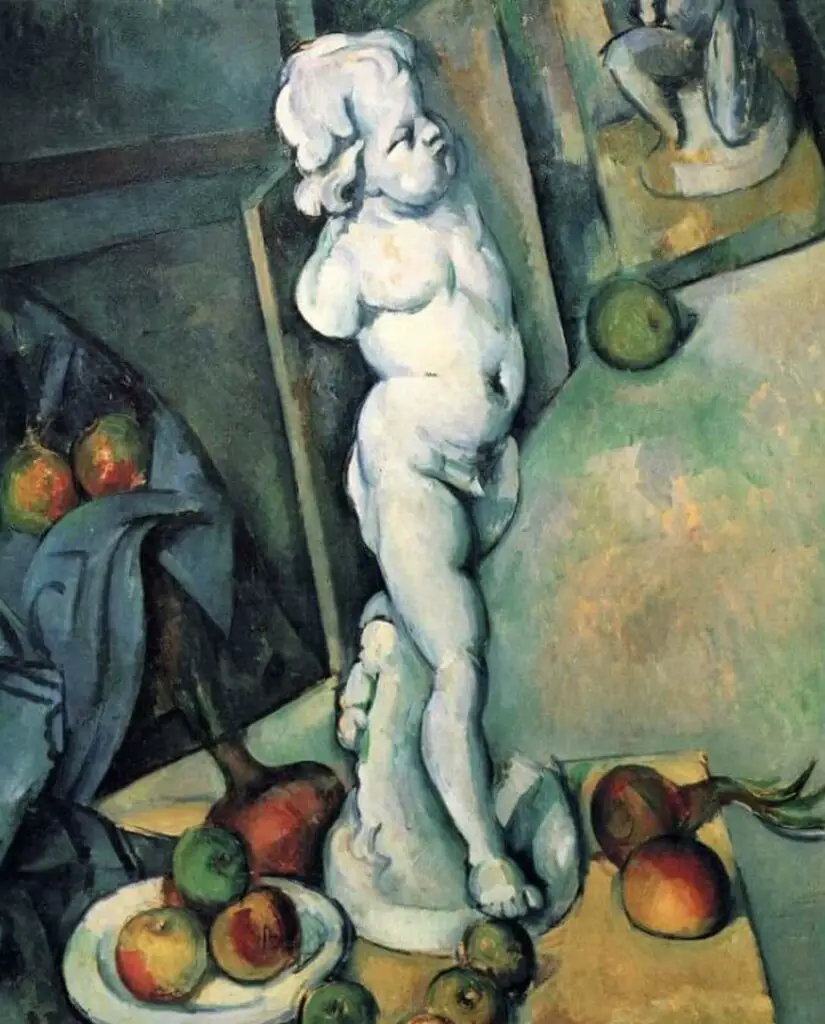
Cézanne’s ability to convey depth and structure through his unique approach made him a critical figure in bridging the gap between the two movements.
The journey from Impressionism to Post-Impressionism was not a linear progression but a complex web of artistic explorations. While some artists did not explicitly align themselves with the term “Post-Impressionist,” their innovations and contributions shaped the movement’s evolution.
These artists, from Van Gogh and Gauguin to Seurat and Cézanne, dared to challenge conventions, pushing the boundaries of color, form, and expression. Their work underscored the fluidity of artistic labels, highlighting the ever-changing nature of artistic exploration and the boundless possibilities that emerge when artists break free from traditional molds.
Anita Louise Art is dedicated to art education, great artists, and inspiring others to find and create their art. We love art that uplifts and inspires. #ArtToMakeYouSmile! #ArtToMakeYouHappy!
If you want to see any of my art, you can find out more by clicking here. If you are interested in what inspires me and my paintings, you can discover more by clicking here.
We have a free newsletter and would love you to be part of our community; you can subscribe to the newsletter by clicking here. I would be happy to talk to you if you have any questions. You can reach me, Anita, by clicking here.
Subscribe to our Anita Louise Art YouTube Channel with great videos and information by clicking here.
Join us for our podcast “5 Minutes With Art.” Spend just 5 minutes a week with us to discover and learn about great art and artists. You can find out more about our podcast by clicking here.
Frequently Asked Questions
What is Post-Impressionism, and how does it differ from Impressionism?
Post-Impressionism emerged as a reaction to Impressionism in the late 19th century. While Impressionists focused on capturing the fleeting effects of light and atmosphere, Post-Impressionists sought to explore deeper emotional and symbolic content in their art. The movement encompasses a diverse range of styles and techniques.
Who are some key figures associated with Post-Impressionism?
Prominent Post-Impressionist artists include Paul Cézanne, Vincent van Gogh, Georges Seurat, and Paul Gauguin. Each artist contributed distinctively to the movement, showcasing unique approaches to color, form, and expression.
What are the defining characteristics of Post-Impressionist art?
Post-Impressionist art is characterized by a departure from the naturalism and direct observation emphasized by Impressionists. Artists in this movement often used bold colors, distorted forms, and innovative techniques to convey their subjective experiences and emotions.
Why is the term “Post-Impressionism” somewhat misleading?
The term “Post-Impressionism” was coined after the movement had already taken shape, and the artists associated with it did not necessarily identify as such. The label was applied retrospectively to describe a diverse range of artistic styles that followed Impressionism.
How did Paul Cézanne contribute to Post-Impressionism?
Paul Cézanne is often considered a bridge between Impressionism and Post-Impressionism. He moved away from the spontaneous brushwork of Impressionism, opting for a more structured and geometric approach. His exploration of form and color laid the groundwork for later artistic movements.
What role did color play in Post-Impressionist paintings?
Post-Impressionist artists were known for their bold and expressive use of color. Unlike the subdued tones of Impressionism, Post-Impressionists employed vibrant hues to evoke emotion and create a more subjective representation of reality.
How did Vincent van Gogh’s art contribute to Post-Impressionism?
Vincent van Gogh’s work is synonymous with emotional intensity and vibrant colors. His unique brushwork and use of thick impasto created a textured, almost sculptural quality in his paintings. Van Gogh’s art is often seen as a manifestation of the Post-Impressionist emphasis on individual expression.
What impact did technology have on the development of Post-Impressionism?
The invention of portable paint tubes and the availability of a wider range of pigments allowed Post-Impressionist artists greater flexibility and spontaneity in their work. This technological advancement contributed to the movement’s departure from the meticulous techniques of earlier art movements.
How did Symbolism influence Post-Impressionism?
Some Post-Impressionist artists, notably Paul Gauguin, were influenced by Symbolism—a movement that emphasized conveying emotional and psychological content through symbols and metaphors. Gauguin’s work, in particular, often featured symbolic elements and mythological themes.
How did Post-Impressionism pave the way for later artistic movements?
Post-Impressionism laid the foundation for modern art by challenging traditional artistic conventions. Its emphasis on individual expression, subjective interpretation, and innovative techniques paved the way for movements like Fauvism, Cubism, and Expressionism in the early 20th century.
Related Questions
What Was The Focus Of Renaissance Art?
Renaissance art focused on the classics of Greece and Rome, humanist philosophy, and the study of the human figure. Realism was also an essential part of Renaissance art. The great artists of the Renaissance also became great anatomists and studied human beings.
By clicking here, you can learn more by reading What Was The Focus Of Renaissance Art?.
What Is The Importance Of Art From The Renaissance Period?
Renaissance art is essential as it was a time of rebirth and discovery. Artists like Leonardo da Vinci, Michelangelo, and Raphael were at the forefront of that change, creation, and discovery. Renaissance art has influenced art and artists for many centuries and continues to influence artists today.
By clicking here, you can learn more by reading What Is The Importance Of Art From The Renaissance Period?.
Early Renaissance Vs. High Renaissance Art Explained
Early Renaissance and High Renaissance are both periods of the art of the Renaissance era. The entire Renaissance era shared a lot of the same characteristics. The High Renaissance was dominated by three major artists: Leonardo da Vinci, Michelangelo, and Raphael.
By clicking here, you can learn more by reading Early Renaissance Vs. High Renaissance Art Explained.


